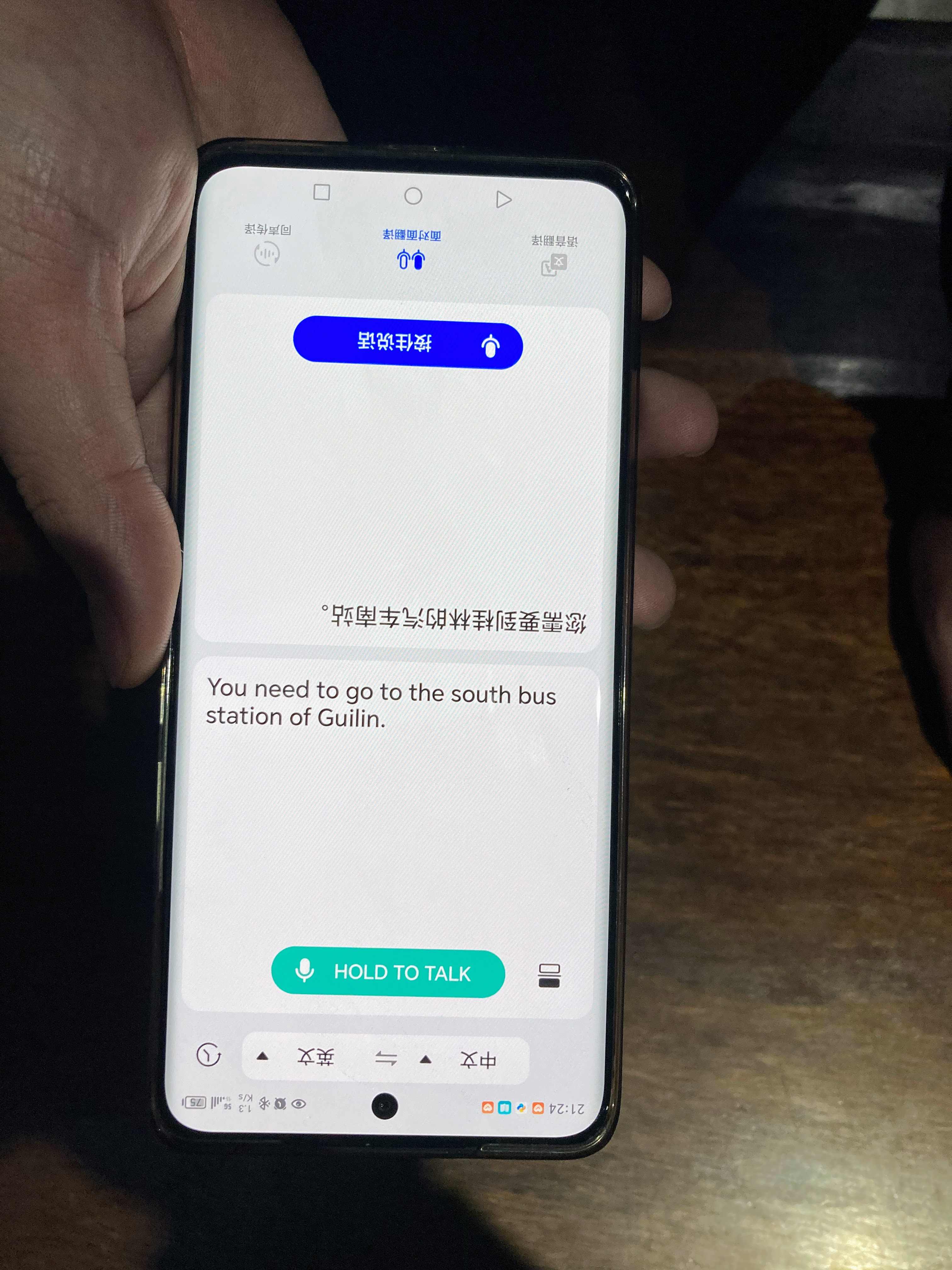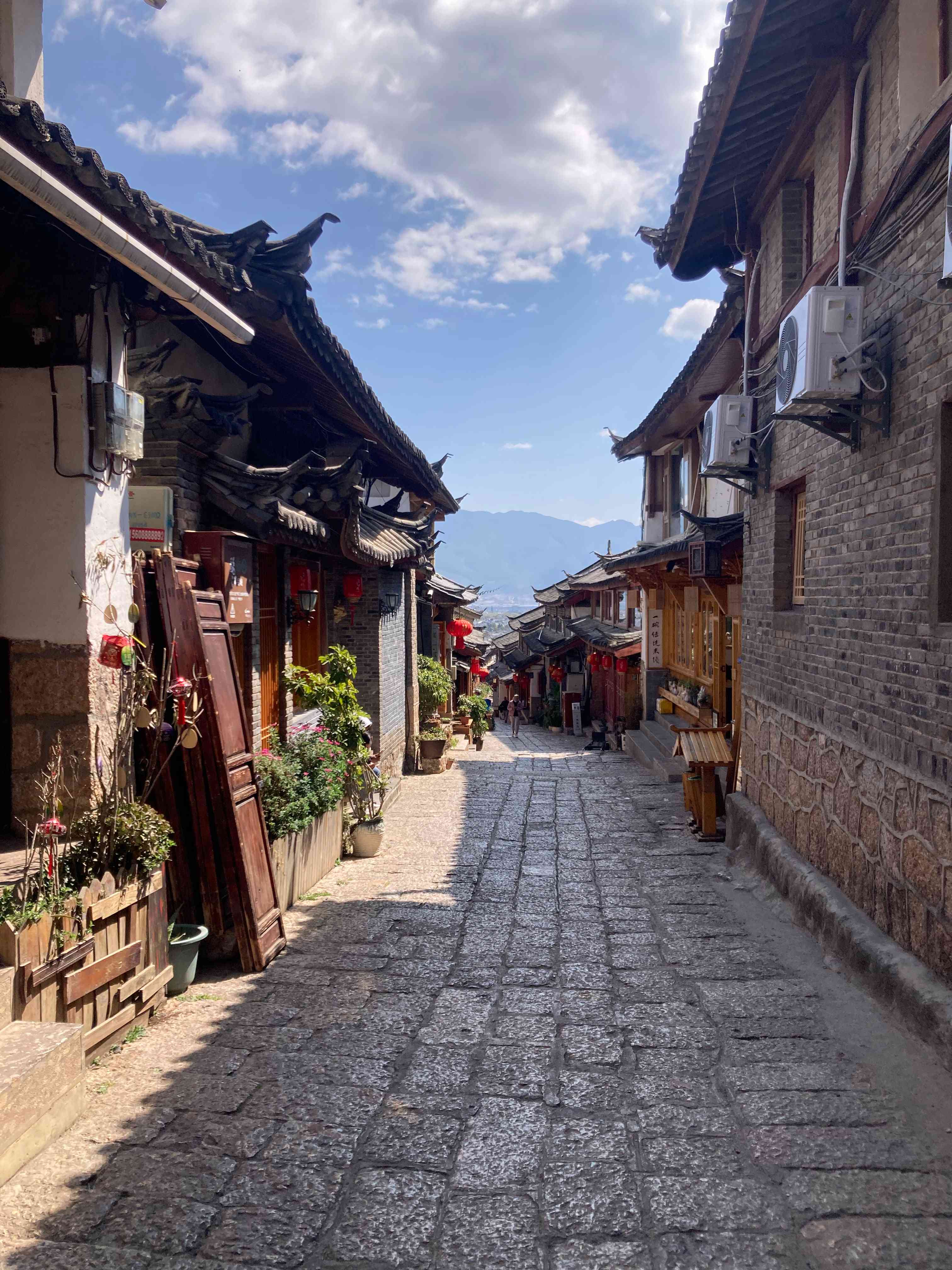When Sofia and I realized we could enter China without a VISA, we were thrilled about the possibility of backpacking there and experiencing all its wonders. We were also a bit concerned about “the Great Firewall”.
Our sentiment towards China was mixed and biased by some “legends” from other travelers: “You cannot use your phone because everything is blocked”, “they will ask you tons of questions at the border”, “the police won’t be friendly” and more.
One of our biggest concerns was going blank with our parents and making them worried without our news.
After having experienced China firsthand for more than 3 weeks, we can now say that most of the things we heard were exaggerated and some even false.
True, some mobile apps were not working (Google map is not working well, Facebook, Instagram, WhatsApp, etc. Here the full list) however with a bit of research we managed to have everything up & running. And true, there are indeed cameras everywhere in China, even from remote angles, however, the sentiment towards us from everybody was super positive: people (police included) were friendly and helpful and we always felt safe.

You will read online that you also need tons of different mobile apps but the truth is, you only really need a few of them. People write a lot to maximize their chances of placing affiliate links and earning money, but since we write as a hobby, you will find here only 100% sincere opinions!
Below you can find the list of the only necessary apps you need in China and why: we don’t earn any commission from these apps, they are suggested to you because we believe they are the best
1. E-sim application - Global Yo or Nomad
An E-sim is essential in China, more than in any other country we traveled. The reason is simple: a roaming SIM card has its traffic tunneled back to the customer's home network and it breaks out to the internet in the country where the SIM card was issued. In other words, with a foreign sim card or an E-sim you can use your data and your apps won’t be blocked, so Google apps, Facebook and Instagram will work as always. You could simply use the plan offered by the mobile operator you have in your country, but this is almost always extremely expensive. We found instead that using an E-sim is cheaper, faster, and overall more convenient: you just need to download an app, select China and the plan you desire, and follow the instructions to install it: done! The cheapest e-sim provider we found is Global Yo: provided by a small team, not very famous, and in some countries, it didn’t work (they refunded us money where it did not work) but in China, it worked like a charm. As said it is cheaper, way cheaper than the others but you need to tolerate a not super sleek User Experience, some bugs, and slow response time: if you are ok with that, go for it (like we did). If you prefer 100% certainty of working, a great User Experience, fast response time and you are ok to pay a premium for it, then the best choice is Nomad.
2. WeChat
China is almost a cashless society. We were shocked to see even old shop owners having a QR code as a necklace for getting paid. We even saw a homeless person in Kunming begging with a QR code rather than asking for cash. This means that in many shops you won’t even be able to pay cash, and you will need instead a mobile app to pay. Western credit cards like Visa, Mastercard, and American Express are accepted only in most tourist places and if you are backpacking in rural China, they won’t be accepted. The 2 super apps that everybody uses in China are WeChat and Alipay.
You can do with them almost everything: chatting, paying, ordering food, checking the restaurant menu, grabbing a taxi (the app nested in AlyPay for a taxi is called DIDI), and so on. They have an ecosystem with nested apps for every need you have. We were not able to fully finish the WeChat onboarding outside China, but only once we got inside the country. After that, we were able to link our Western cards (Visa and Mastercard) to the account and then pay everywhere through them. When you want to pay with WeChat, usually the QR code shown to you will be green, and the one for Alipay will be blue.We used WeChat mainly for chatting (only twice with some hotels), paying, checking menus at restaurants, and using lockers in some attractions.
3. Alipay

As written above for WeChat, you can use Alipay as well for almost everything (maybe chatting is something usually done only on WeChat). Sometimes shop owners accept only one or the other and this is the reason why you need both. We also found that on public transport, only Alipay is used. We used Alipay (linking our Visa card) for mainly: paying, ordering a DIDI (the equivalent of Uber), and public transport tickets. We were able to download Alipay and link our payment card even outside of China (differently from WeChat).
4. Trip
You won’t find many hotels on Booking.com, Expedia, and other online travel agencies. Most Chinese check and book hotels directly on WeChat. However, we found that Trip has extensive coverage of hotels ranging from cheap options to more luxurious ones. We booked all guesthouses, hostels, and hotels in China through Trip and were very happy with it. Another great feature we used on Trip is the possibility to buy directly train tickets. You pay a small commission but then you can buy train tickets in China directly linked to your passports with a great interface in English. After buying train tickets on Trip, if it states electronic ticket (the majority of the cases) you won’t need to go to a ticket office: you will just need to scan your passport and the train station and you will be able to board the train!
5. LetsVPN
We already explained you can bypass the great firewall and use normally your mobile applications with a foreign sim card or an e-sim. There will be times, however, when you want to connect to the Wi-Fi and avoid consuming quickly all the data you bought. In these cases, If you want to access many Western apps and websites, you need a reliable VPN. Forget all those shiny, expensive, and hyper-marketed VPNs that some influencers advertise because they might get sponsorship for it: they often do not work reliably in China. We read of many people being disappointed with the VPN they bought. The cheapest and most reliable VPN we found working in China with a monthly plan was Letsvpn: we used it all the time and it worked greatly!
6. Apple Maps or Baidu maps
We usually use Google Maps everywhere in the world and it works great: from walking to driving or biking it is usually the best option. In China however it almost does not work: no public transport, the location on the map is often wrong and there are not many reviews. This is because it is part of the list of apps blocked by the Chinese government.
Since we both have an iPhone we found Apple Maps working (not greatly like Google Maps but it did the job) and showing the right public transport we had to take and the traffic when we were in a taxi. Most Chinese use Baidu Maps, but since we started using Apple Maps and it was working fine, we didn’t feel the need to install Baidu.
7. Google Translate (or any other reliable mobile translator)
Almost nobody speaks English in China, and often even hand gestures are different from the ones done in the Western world, meaning that you will often find yourself unable to communicate with the locals. Funny example: if you want to say ten with your hands in Chinese you make a cross with your fingers instead of opening both your hands showing 10 fingers. While sometimes this is extremely funny, you will need at some point to communicate with Chinese people.


Since we were using an e-sim, we found that Google Translate was the best one and the most effective in translating fast what we were writing or saying. The only caveat is that you cannot use it if you do not have either a foreign SIM card/e-sim or a VPN. Several other translator apps work well, so just make sure to have one ready when you are traveling around China!
We believe you will be fully covered with these 7 apps we listed. If you feel something essential is missing or you have any related questions, feel free to get in touch with us. Enjoy China ❤️


